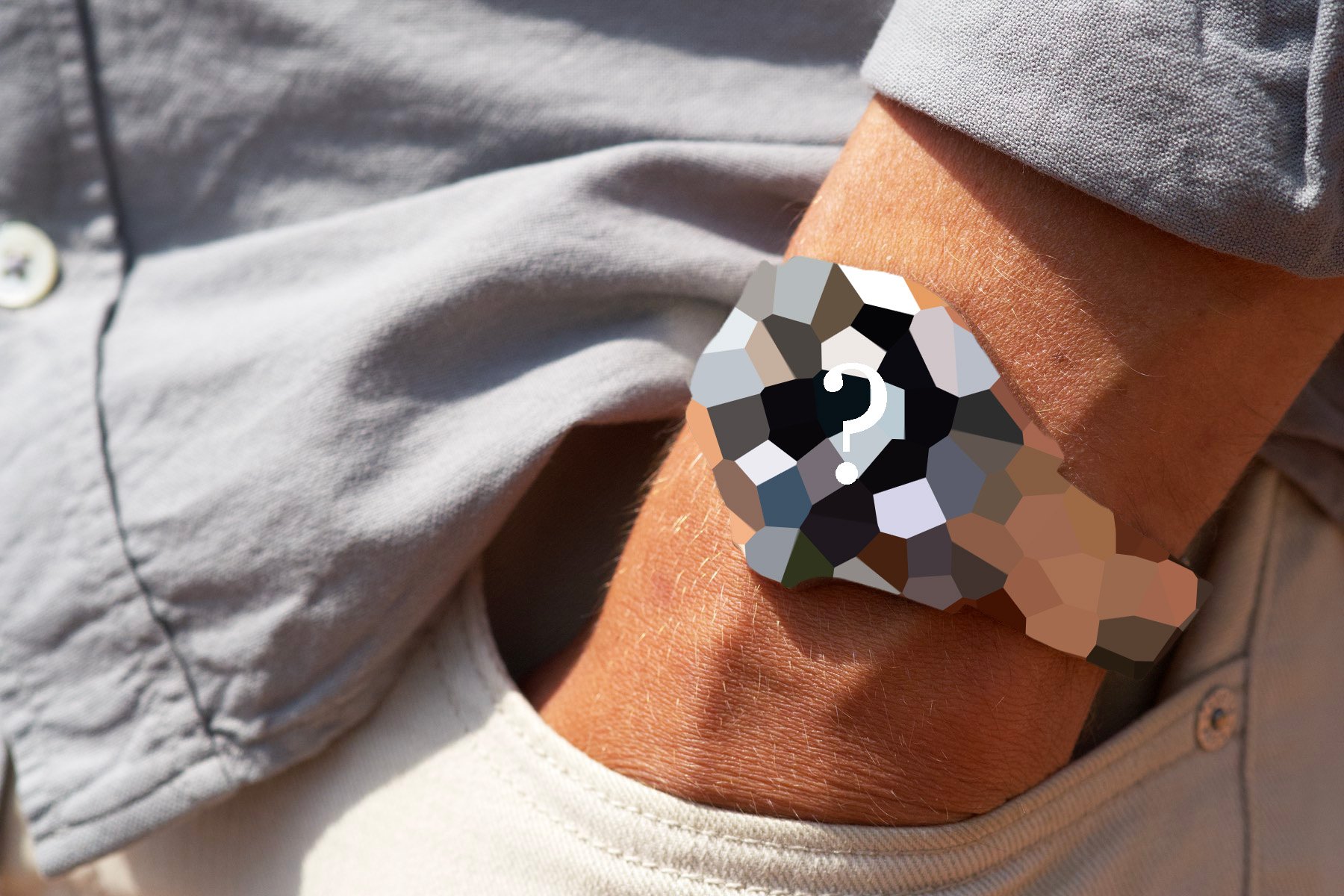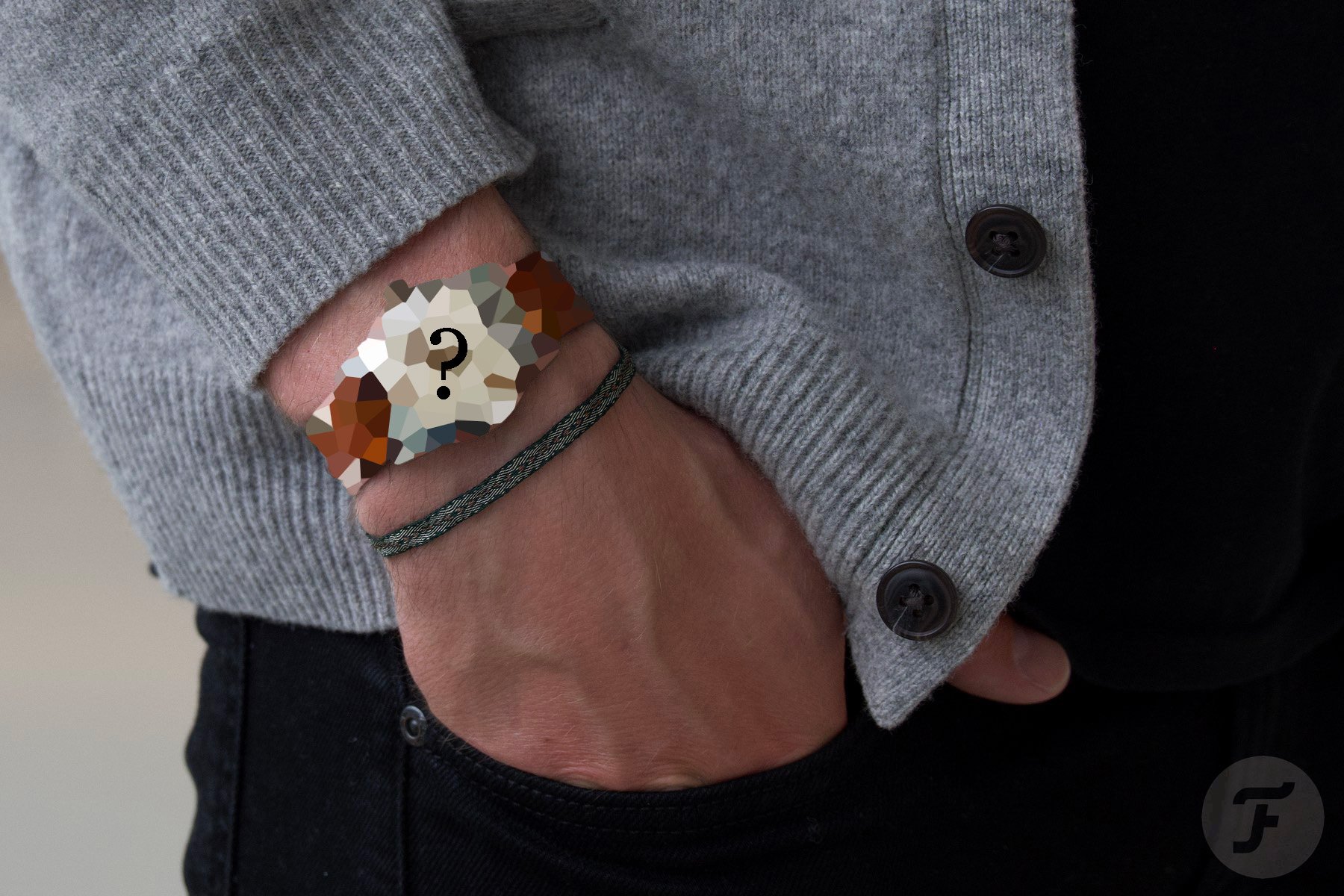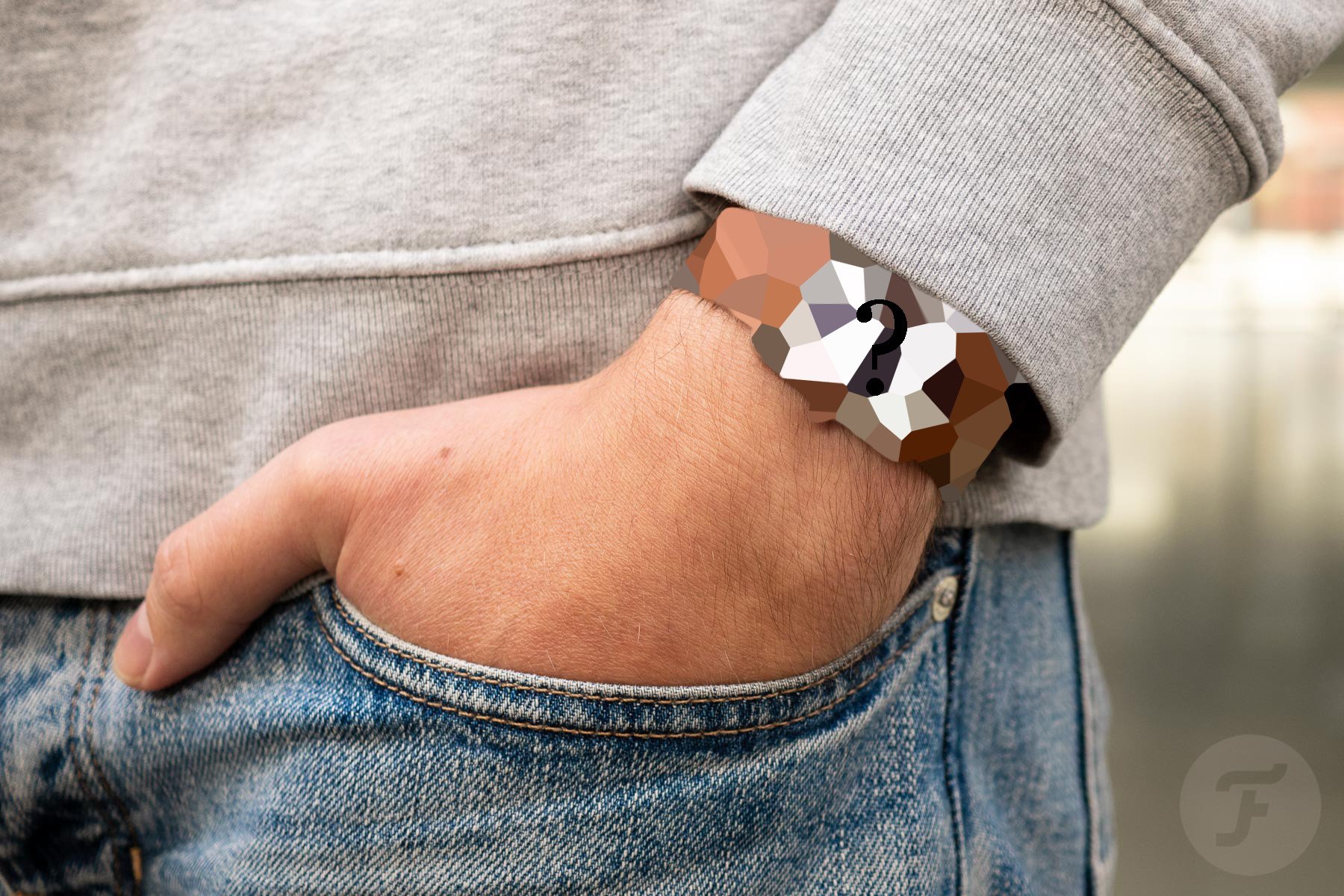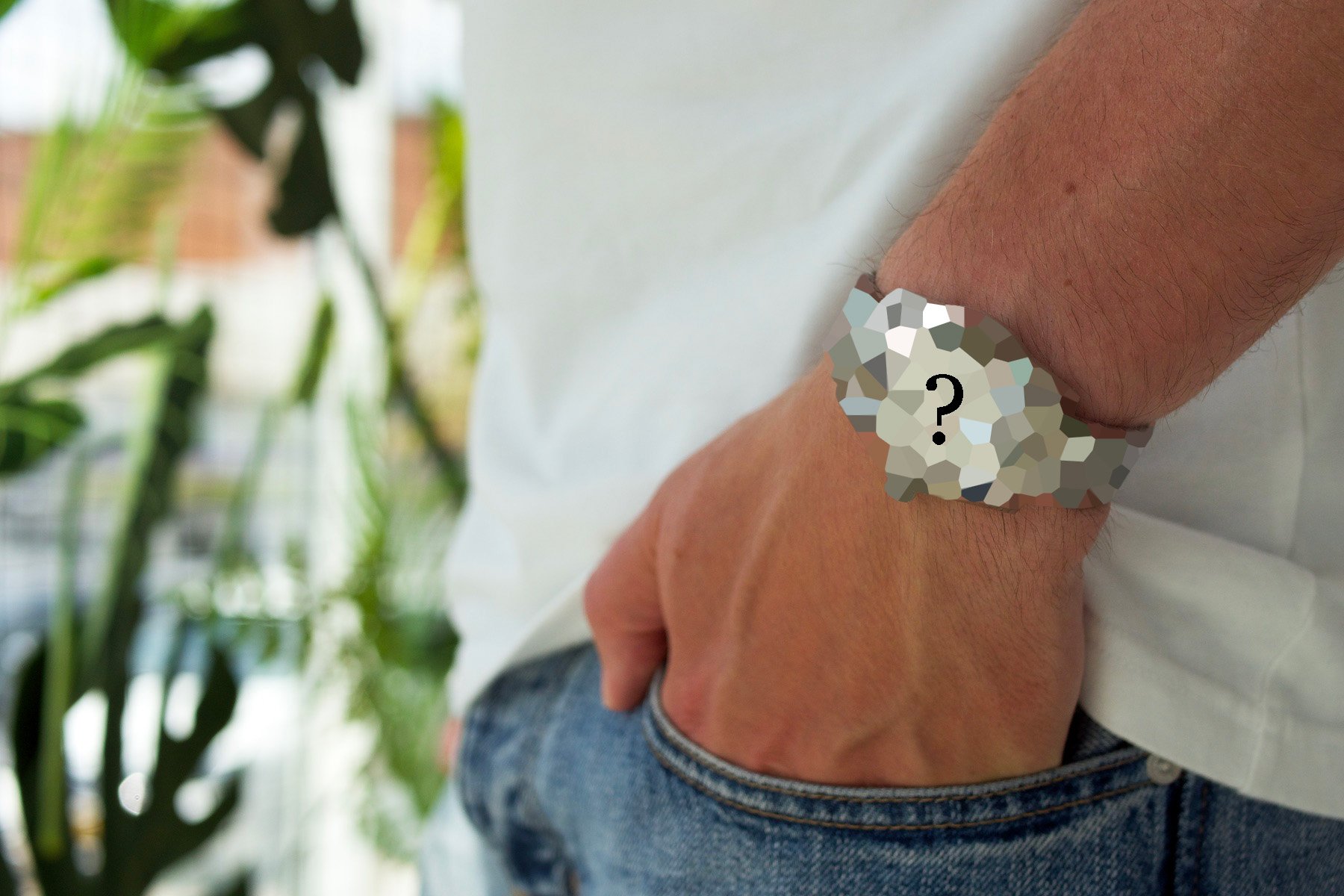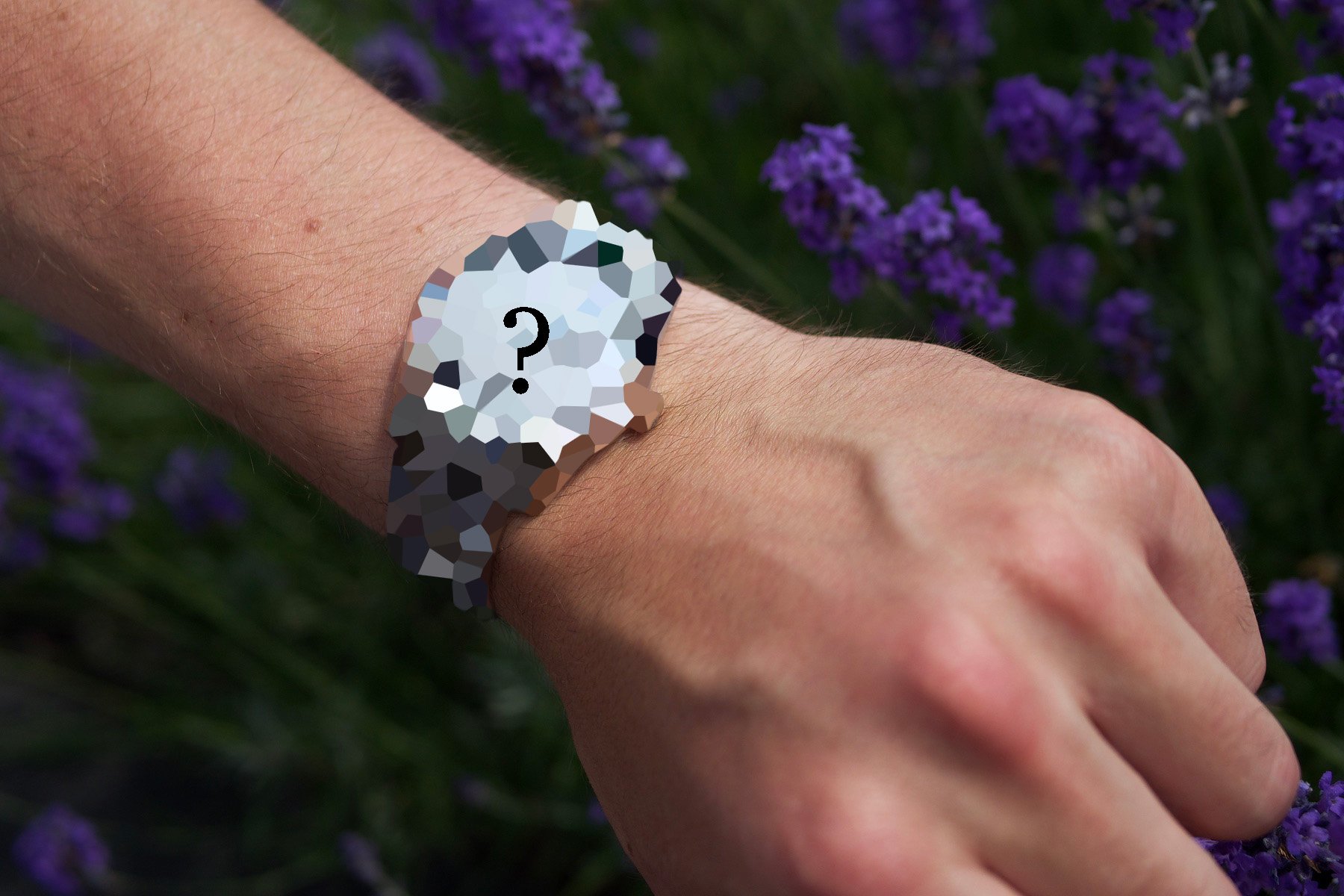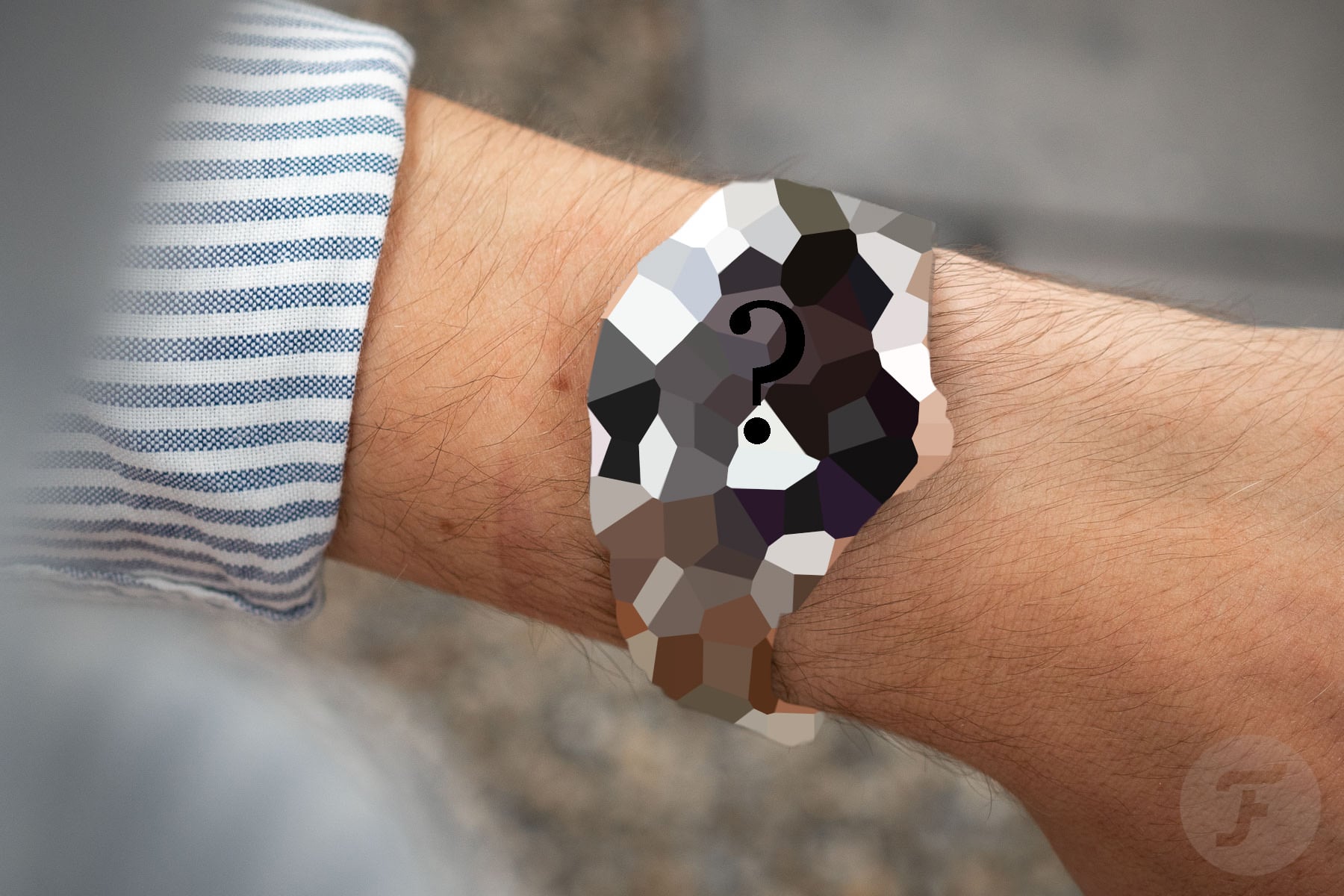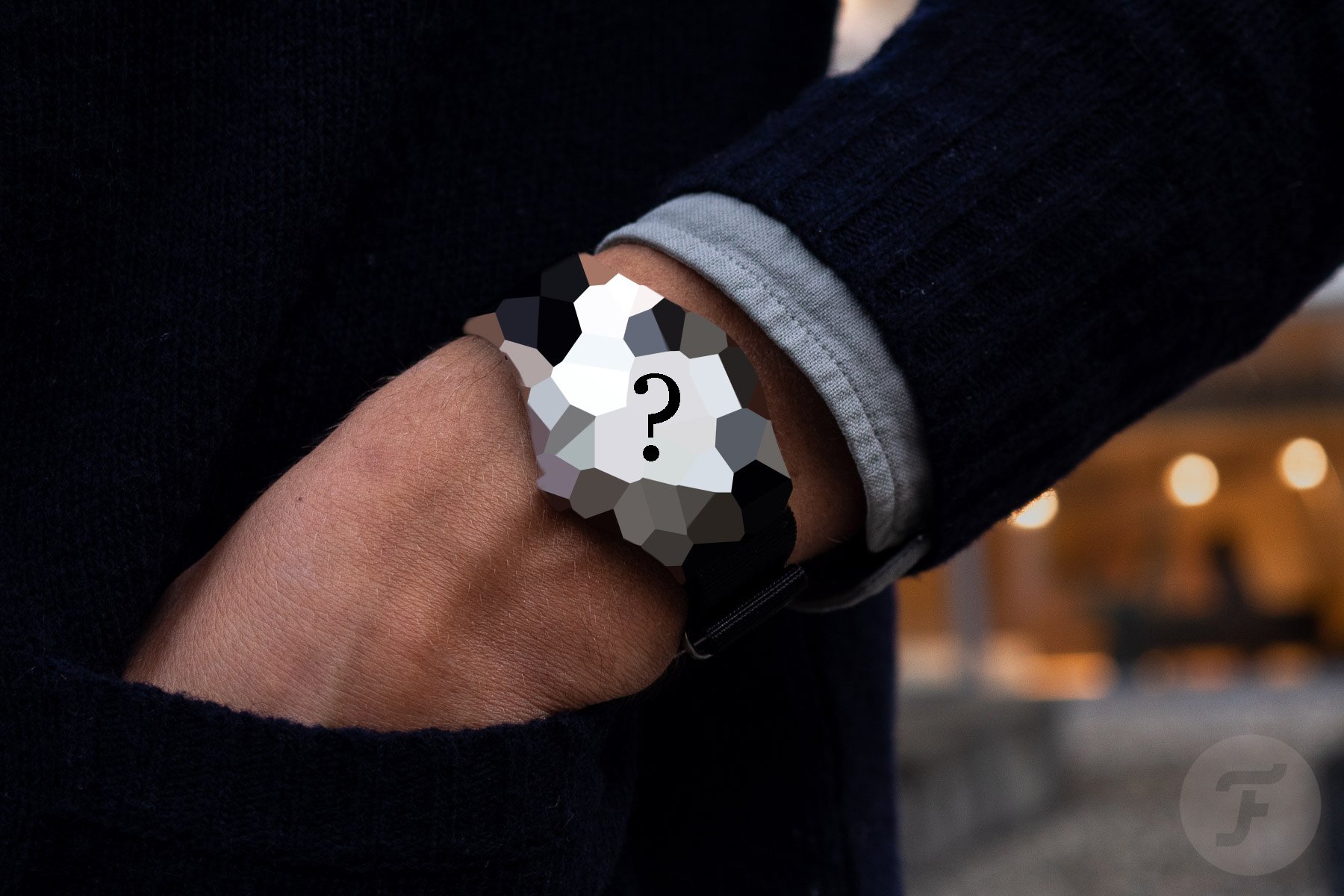Building A Watch Brand Episode 4: Unveiling The Watch Concept
After three episodes of Building A Watch Brand on plans, strategy, and finances, it is time to talk watches! Thank you all for sticking with me through the initial introduction. I am humbled and honored by the many supportive messages I get via the different channels! It seems that something of a VPC community is already emerging, which is awesome. So now it is time to start talking about the crux of the matter — the actual debut watch for VPC.
This is easily the scariest episode of Building A Watch Brand that I have published so far. After all, I am deeply invested in this concept, not just financially but especially emotionally. I am pouring my heart and soul into VPC, building the brand and watch precisely as I feel they need to exist. So I feel a bit naked sharing this at this preliminary stage. But hey, in for a penny, in for a pound.
Before anything else
But before we get into it, it is good to be conscious of the phase that we are in. Max Resnick, my designer of choice, has only just begun sketching some preliminary exploratory design directions, which I will share in later episodes. We have spent time brainstorming and riffing on my original concept, and we have done mood boarding to get a precise grip on the style and design language we are after. So now we know what we want, but not how we will get there. The journey has only just begun.
This means that anything I tell you now is still up for major change down the line. We might find that the dial styles I have in mind now do not suit the case design we end up with. The stance on the wrist might turn out to work better if the case is a tad bigger or smaller. We may have to sacrifice certain specs as trade-offs for certain aesthetic features and the other way around. Nothing here is representative of the end product, like a concept car at a car show. These are just the ambitions and the general direction we are taking.
Lastly, I know every single choice regarding style, size, movement, and so on cuts off large groups of aficionados. There is no way I can please all of you, and I do not aim to. So if what I am about to describe is not to your liking, I hope you still enjoy the articles.
Building a watch brand around a do-it-all core model
Okay, here we go. The first VPC watch will be of the do-it-all genre, equal parts sporty dress watch and dressy sports watch. For starters, this is my favorite genre. I love the versatility of these watches and the simpler looks that often drive that versatility. Second, it provides the perfect platform for future expansion. By developing the brand DNA and design language in a GADA (go anywhere, do anything) watch, you build a recognizable core from which special-purpose watches can evolve.
This means I strive for the VPC debut watch to combine elegance with dependability. It will need solid water resistance, shock resistance, and overall rugged build quality. It will also need subtle styling and proportions that work with a suit as well as with shorts.
The watch will feature a case with a diameter around the 37mm mark. I am talking about “wearing like a 37mm watch” rather than measuring exactly 37mm across. Subjective size is determined by so many factors that tying ourselves to a precise number makes no sense just yet. The debut VPC watch will come on a steel bracelet, more on which later.
Building a watch brand around a hand-wound caliber
Of course, the caliber is the watch’s beating heart and represents a crucial decision at this stage. A hand-wound Swiss caliber will power VPC’s debut watch and is likely to become a brand signature altogether. In my eyes, a manually wound caliber is the purest form of mechanical timekeeping. Rather than subconsciously powering your watch by going about your daily business, this takes a conscious, attentive moment of interaction. This will surely exclude many convenience-seekers. But I am aiming at those aficionados who happily take this little moment to put the required energy into their watch, people who cherish the more conscious relationship it builds between them and their beloved timepiece.
There is another benefit. Opting for a manually wound caliber opens up great potential for a thinner overall design. This, to me, is key. It allows us to compensate for the thickness we will need for things like water resistance. So many modern watches are simply too tall. The VPC debut watch will not be if I have my way.
The chosen caliber will likely be regulated, possibly chronometer certified. Again, these are decisions that hang on so many unknown variables. The precise caliber, for instance, has not yet been chosen. I have specific demands around accuracy. Whether those result in external certification or not is of lesser importance and to be determined.
Cyclops panda dials
Another characteristic feature of my concept is a cyclops panda dial. The calibers I am considering feature small seconds at six, which I need for the dial layout. I absolutely love (reversed) panda dials. The one big downside is that you quickly get derivative when you use them in a classical chronograph setting. They are so strongly associated with certain vintage chronos.
But things are very different if you take them out of the chronograph context and into a clean time-only layout. Suddenly, different color schemes provide ample opportunity for truly original and highly recognizable designs. As you may expect from me, there will be as little text on the dial as possible, and there will be no date.
Since the time-only panda dial is a road not traveled often before, we need to experiment. There is a chance that the concept might not work as intended, and the cyclops panda gets omitted. But there is potential here for something very distinctive for the VPC debut watch.
The watch case
I already alluded to the 37mm-ish diameter and ambitions for a thin case. There is a little more to unpack here. The case profile is a particular point of attention during the early design stage.
The case profile offers the opportunity to underline the watch’s thinness and wearability. As you surely know, whether you have slab sides or surface-breaking lines greatly affects the perceived thickness. The overall curve of the case is crucial as well. The ambition is for the case to curve and drape over the wrist. The lugs, in other words, will angle downward to follow your arm’s contours rather than stick out. This will enhance wearing comfort and the overall perception of this being a slender watch.
The bracelet
Most watches, especially in the sub-€3K segment where I intend to work, are fitted with generic bracelets. This makes sense, as developing your own bracelet is extremely complicated and expensive. To me, the bracelet is a crucial part of a do-it-all watch, not just a nice bonus. Therefore, we are designing a custom bracelet for VPC from scratch. It remains to be seen how much of it will be fully tailor-made in the end. We might be able to use certain standard parts for the folding/locking mechanism inside the clasp, for instance. But if they are not up to my spec, we will design our own versions. I prioritize quality over the resulting price in such decisions. This is a key value that I am pursuing for VPC.
Ours will take inspiration from vintage flat-link bracelet styles. This is just a starting point. Through experimentation over the coming weeks, we will learn how much of that look will remain in the VPC bracelet. The combination of the emerging case and bracelet will steer us either toward a more faithful or original take as we go. Beauty, wearing comfort, ease of use, and durability are the key goals here.
A particular pet peeve of mine is bad end links. You could expand that and say “bad bracelet integration.” However, that might be confusing as we are not discussing a watch with an integrated bracelet here. There are two ways to neatly combine a case and bracelet in my book. One is to trigger the illusion that the bracelet runs continuously straight through the case. The other is to make the bracelet and shape of the end link flow into the lugs and case. The VPC watch will feature one of these solutions. I would rather cancel the entire project than use end links that look out of place.
Building a watch brand that is vintage-inspired but contemporary
With those specific components covered, let me finish with some notions on the general style of the watch. In earlier episodes of Building A Watch Brand, I explained how I aim to root the brand in the world of vintage watches. To my taste, watch design peaked in the 1930s–1970s in terms of functionality and beauty. Thus, the design will be firmly rooted in that golden era.
But the very best watches from that period have not aged much. They have remained relevant and contemporary through only minor aesthetic updates. The current Omega Speedmaster and Rolex Explorer (to name just two) do not look like vintage watches, but they do look an awful lot like their forefathers from 1957 and 1953, respectively. So those modern watches are firmly built on that golden-era design language without looking retro. To me, those are the greatest watch designs. They are classical and far from futuristic without feeling like they live in the past.
This is the kind of vintage-inspired design language I am alluding to. So do not expect faux patina, gilt-tone accents, stamped clasps, and acrylic crystals here, although the Speedmaster certainly does make the last one work in 2023. I aim for the VPC debut watch to be contemporary yet rooted in the golden era. Over the coming weeks, Max and I will explore different balances of vintage and contemporary to find that sweet spot for VPC.
Next…
I hope the above has provided a rough image of the first VPC watch in your mind’s eye. And I hope the concept resonates with a small subset of my readers. I am well aware that several features prevent it from being a potential mainstream hit. But then again, that was never the aim. I am curious to see if there is the potential for this concept to lead to the “1,000 true fans” notion that I shared in Episode 1 of Building A Watch Brand. In short, I would rather have 1,000 people say “wow!” than a million say “nice….” So if the above sounds awesome to you, let me know in the comments or via Instagram. It will really help me to learn if people are getting excited about it at this stage.
This fourth episode of Building A Watch Brand still features only generic images. Sorry about that! I am confident this will finally change by the time Episode 5 comes around. Max is busy drawing the first rough sketches, so soon, there will be actual images to share. This is a cool phase for this series of articles because it provides a peek behind the curtains of an extensive design process. You will see us iterate, discard, explore, and kill (y)our darlings. There will probably be radical versions and toned-down versions — in short, a lot of fun stuff that usually remains well hidden and secured by NDAs.
There is more going on in the background. For instance, trademark registration has been arranged by a specialist copyright law firm, and my graphic designer is drafting optimized versions of the VPC logo. We could go in-depth on that later, but I am sure you would rather see more of the watch first. It’s coming, folks. It’s coming!


